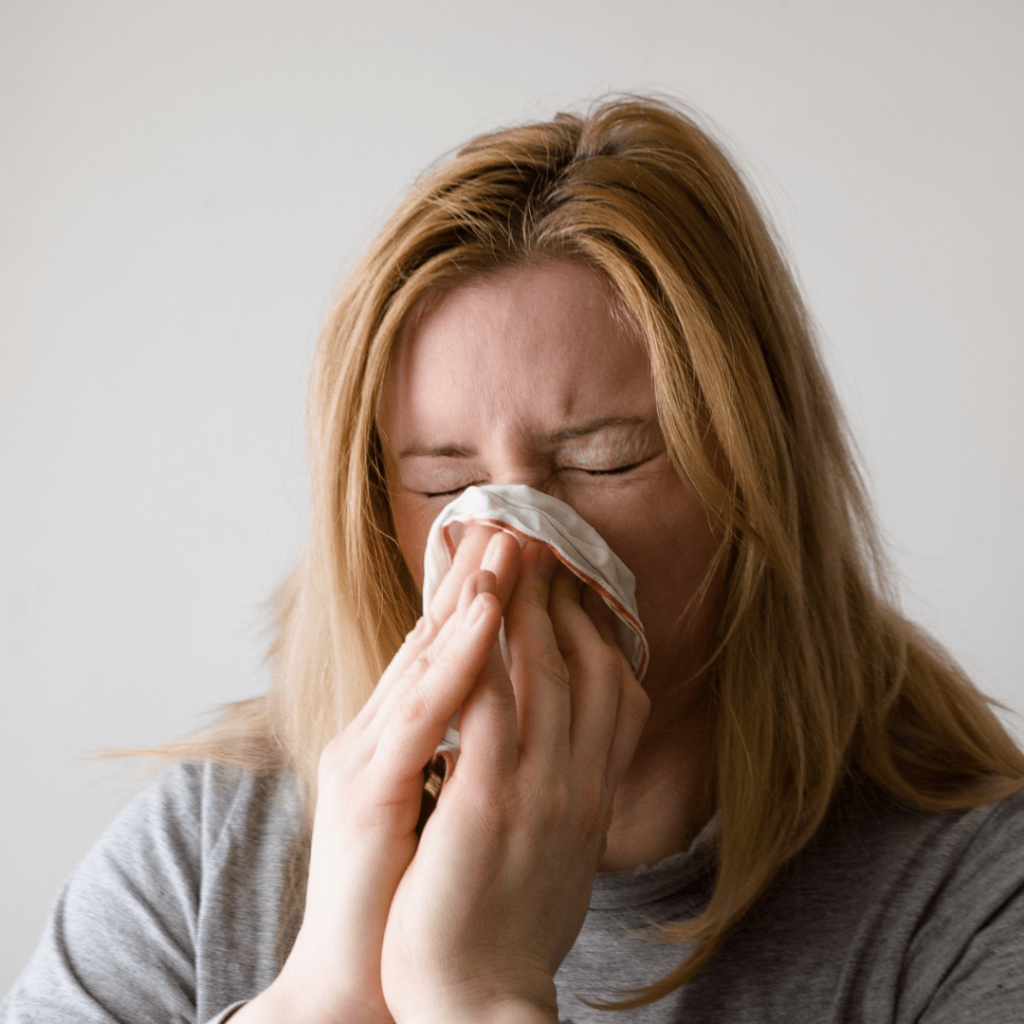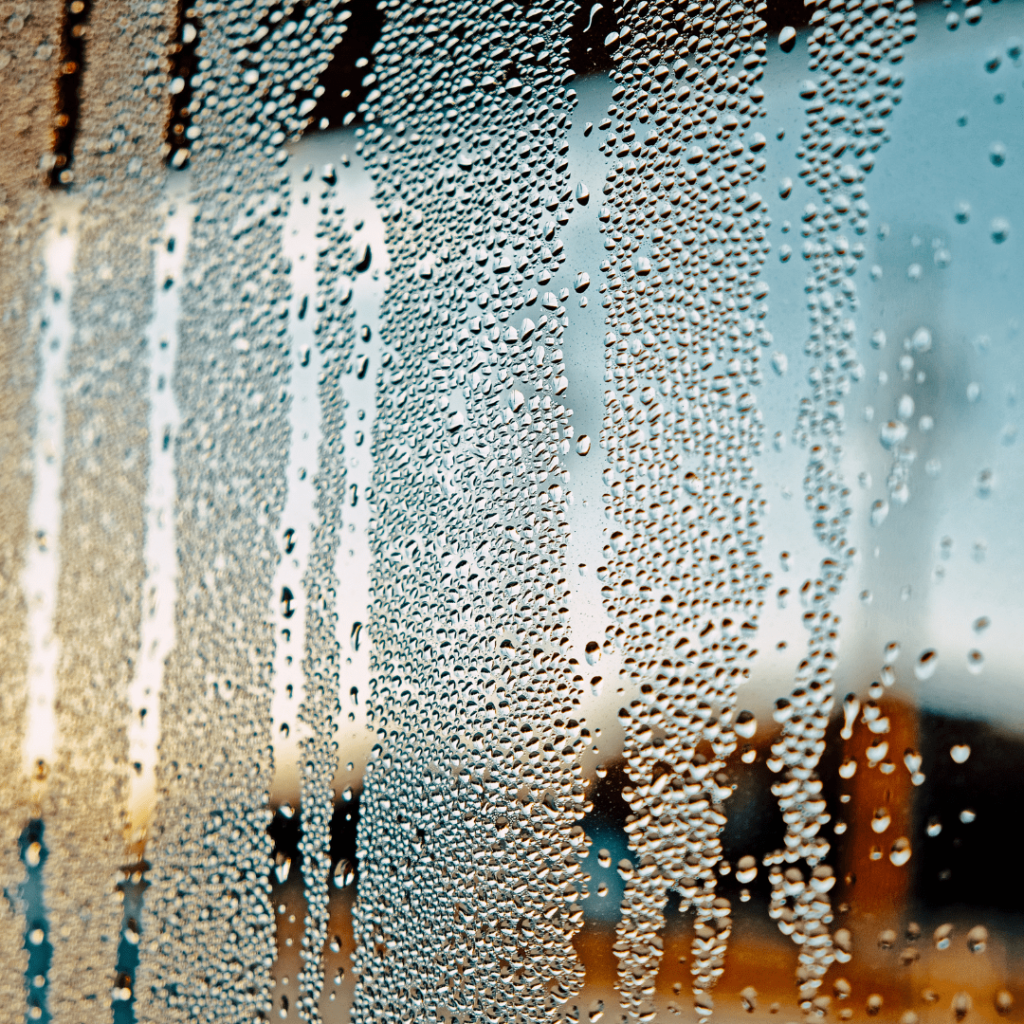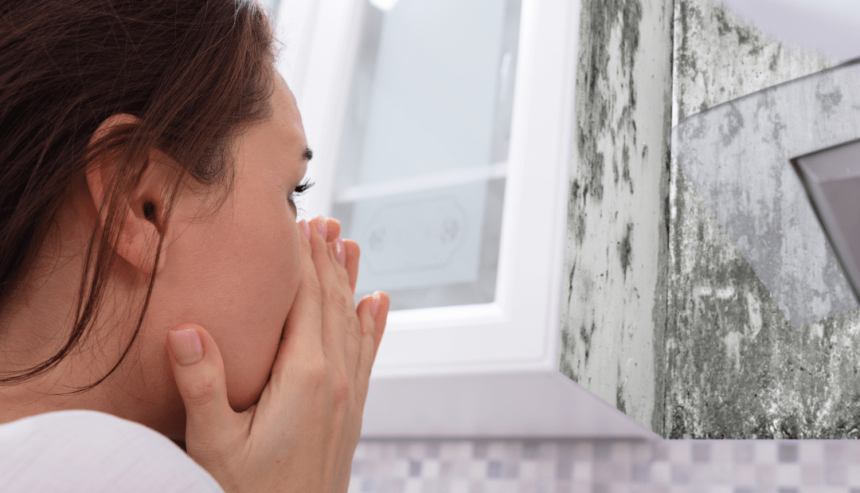Mold can be a homeowner’s worst nightmare. Left unchecked, it can cause significant damage to your property and pose health risks to you and your family. Mold doesn’t just damage your home aesthetically; it can also weaken the structural integrity of building materials.
The key to preventing a mold catastrophe is early detection. By spotting the signs of mold early, you can take action before it becomes a major problem.
In this article, we’ll discuss how to identify the early signs of mold, the symptoms it can cause, and steps you can take for mold remediation and water damage restoration.
Understanding Mold
Mold is a type of fungus that thrives in damp and humid conditions. It reproduces by releasing tiny spores into the air, which can settle on surfaces and begin to grow if the conditions are right. These spores are resilient and can survive in harsh conditions until they find an environment conducive to growth. Mold can be found both indoors and outdoors, and it comes in many different types and colors.
While mold is a natural part of the environment, it can become problematic when it begins to grow indoors. Mold growth indoors can be triggered by water damage, such as leaks, floods, or condensation. It’s important to address these issues promptly to prevent mold from taking hold. Mold indoors can spread rapidly, especially in poorly ventilated areas, and once it takes root, it can be difficult to eradicate. Understanding the conditions that promote mold growth is crucial in preventing its occurrence.
Early Signs of Mold
Detecting mold early can save you time, money, and hassle. Early detection allows for simpler and less expensive remediation efforts, preventing extensive damage to your home and health. Here are some early signs to watch out for:
Musty Odors
One of the most common signs of mold is a musty or earthy smell. This odor is often described as similar to wet socks or rotten wood. If you notice a persistent musty smell in a particular area of your home, it’s a good idea to investigate further for potential mold growth. This scent is usually stronger in enclosed spaces like basements or attics, where airflow is limited, and moisture can easily accumulate.
Visible Mold Growth
Mold can appear as spots or patches on surfaces such as walls, ceilings, and floors. It can be black, green, white, or even orange. Keep an eye out for any discoloration or staining, especially in areas that are prone to moisture, such as bathrooms, basements, and kitchens. Sometimes, mold growth can be hidden behind wallpaper, under carpets, or inside wall cavities, making it crucial to investigate thoroughly if you suspect its presence.
Water Damage
Water damage is a major contributor to mold growth. Look for signs of water damage, such as water stains, peeling paint or wallpaper, or warped surfaces. These can indicate a moisture problem that may lead to mold growth if not addressed. It’s important to address the source of water damage quickly, as even a small leak can lead to a substantial mold problem if left unattended.
Condensation
Condensation on windows, pipes, or walls can create a damp environment that is conducive to mold growth. If you notice frequent condensation, it may be a sign that the humidity level in your home is too high, and mold could develop. Addressing this issue might involve improving ventilation or using dehumidifiers to regulate indoor humidity levels effectively.
Health Symptoms of Mold Exposure

Mold can pose health risks, particularly to individuals with allergies, asthma, or weakened immune systems. These health problems can range from mild irritations to severe respiratory issues, depending on the level of exposure and the individual’s sensitivity. Here are some common health symptoms associated with mold exposure:
- Sneezing
- Runny or stuffy nose
- Coughing
- Itchy or watery eyes
- Skin rashes
- Throat irritation
If you or your family members are experiencing these symptoms and suspect mold, it’s important to take action promptly. Prolonged exposure to mold can lead to more serious health issues, such as chronic respiratory problems or infections, particularly in vulnerable populations.
Mold Remediation and Removal
Once you’ve identified mold in your home, it’s crucial to address the issue to prevent it from spreading further. Mold can quickly become a widespread problem if not tackled efficiently, affecting larger areas of your home. Here are steps for effective mold remediation and removal:
Assess the Extent of the Problem
Determine the extent of the mold growth. If the affected area is small (less than 10 square feet), you may be able to handle the cleanup yourself. For larger infestations, it’s best to hire a professional mold remediation company. Professionals can conduct a thorough assessment and ensure that all affected areas are treated appropriately.
Fix the Source of Moisture
To prevent mold from returning, it’s essential to fix any moisture issues. This may involve repairing leaks, improving ventilation, or using a dehumidifier to reduce humidity levels. Identifying and correcting the source of moisture is critical because without addressing this, mold is likely to return even after cleanup.
Clean and Remove Mold
For small mold problems, you can clean the affected area with a solution of water and detergent. Be sure to wear protective gear, such as gloves and a mask, to avoid inhaling mold spores. Discard any porous materials, such as carpeting or drywall, that have been heavily contaminated. Proper disposal of contaminated materials is essential to prevent further mold spread.
Professional Mold Remediation
For larger mold infestations, professional mold remediation services are recommended. These experts have the tools and knowledge to safely and effectively remove mold from your home. They will also take steps to prevent future mold growth, such as applying antimicrobial treatments and improving ventilation. Professional remediation can provide peace of mind, ensuring the mold is completely eradicated.
Preventing Mold Growth

Prevention is the best defense against mold. By taking proactive measures, you can significantly reduce the risk of mold in your home. Here are some tips to keep your home mold-free:
- Control Humidity: Use a dehumidifier to maintain indoor humidity levels below 60%. Regular monitoring of humidity levels can help prevent conditions that favor mold growth.
- Ventilate: Ensure proper ventilation in areas prone to moisture, such as bathrooms and kitchens. Exhaust fans and proper airflow can help keep these areas dry.
- Fix Leaks Promptly: Address any leaks or water damage as soon as they occur. Quick response to water issues can prevent mold from establishing.
- Clean and Dry: Regularly clean and dry surfaces, especially in damp areas. Keeping these areas dry discourages mold from taking root.
- Inspect Regularly: Perform routine inspections of your home for signs of mold or water damage. Regular checks can help you catch mold early before it becomes a larger issue.
Conclusion
Mold is a serious issue that can cause property damage and health problems if left unchecked. Its ability to spread quickly and silently makes it a formidable adversary in home maintenance. By understanding the early signs of mold, you can take action to prevent it from becoming a major problem.
Remember to address any moisture issues promptly, and consider professional mold remediation services for larger infestations. With the right precautions, you can keep your home safe and mold-free, ensuring a healthier living environment for you and your family.
For expert mold remediation services in Ormond Beach, contact our team at PuroClean of Ormond Beach today!



